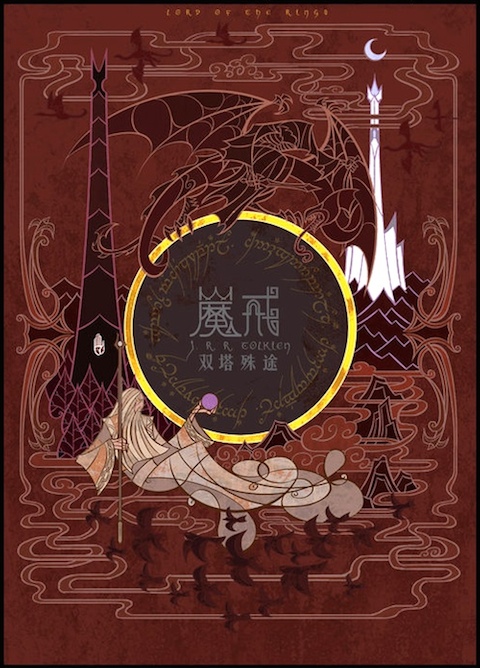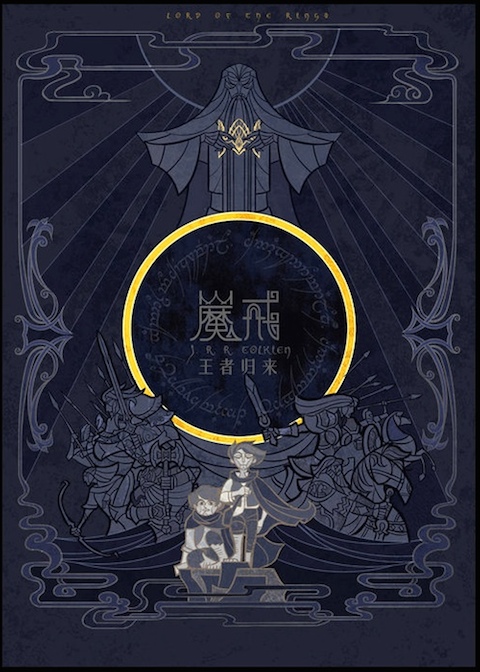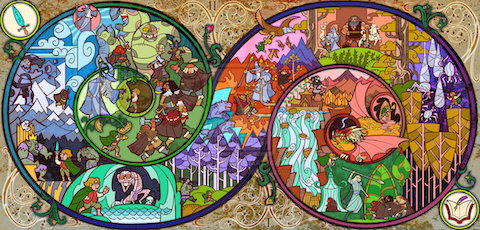
J.R.R. Tolkien’s The Lord of the Rings trilogy has had an enormously wide, cross-cultural appeal. This despite the fact that its creator was a university professor of a long-dead language, Anglo-Saxon, who set his story in a world of customs and mores—supernatural elements aside—that bear a fairly close resemblance to ancient and medieval England. But such similarly provincial settings have raised no barriers to the global reach of the Iliad, say, or Shakespeare. Western epics, ancient and modern, may on the one hand have traveled the globe on waves of cultural imperialism (and Hollywood film), and, on the other, they have their own built-in global reach because they tap into archetypal story-types and human characteristics—because their use of myth and folklore reads as universal, though the particulars change from place to place and age to age.

The multilingual among us have the opportunity to see how well, or not, great stories translate into different cultural contexts. Readers, for example, of both Chinese and English will be able to compare Tolkien’s originals with forthcoming editions of the books from WenJing Publishing. The rest of us provincial monolinguals can still make comparisons of visual interpretations of the text, like these possible book covers drawn by artist Jian Guo. Part of a competition held by the publisher of the new Chinese text, the beautiful, monochromatic illustrations draw on many of the design elements of Tolkien’s original paintings for the trilogy’s covers, elaborating on the iconic ring and towers with intricate Asian lines and flourishes. At the top, see The Fellowship of the Ring, above The Two Towers, and below, The Return of the King.

The artist, an architectural student, describes his style as “glass painting style,” which he uses for its “sense of religious magnificence.” Interestingly, before seeing Peter Jackson’s Lord of the Rings adaptation in 2002, he had never heard of the books. (Previous Chinese translations of the books feature rather unimaginative covers with images from Jackson’s movies.) The films converted him into an avid reader of Tolkien—see a Hobbit illustration at the bottom of the post. Jian is also a lover of J.K. Rowling’s popular fantasy series and has designed some wonderfully stylized illustrations for Harry Potter and the Chamber of Secrets and Harry Potter and the Philosopher’s Stone.

via Tor
Related Content:
Discover J.R.R. Tolkien’s Personal Book Cover Designs for The Lord of the Rings Trilogy
Illustrations of The Lord of the Rings in Russian Iconography Style (1993)
Soviet-Era Illustrations Of J. R. R. Tolkien’s The Hobbit (1976)
Josh Jones is a writer and musician based in Durham, NC. Follow him at @jdmagness


These are beautiful.
Wonderfully disciplined and realised.